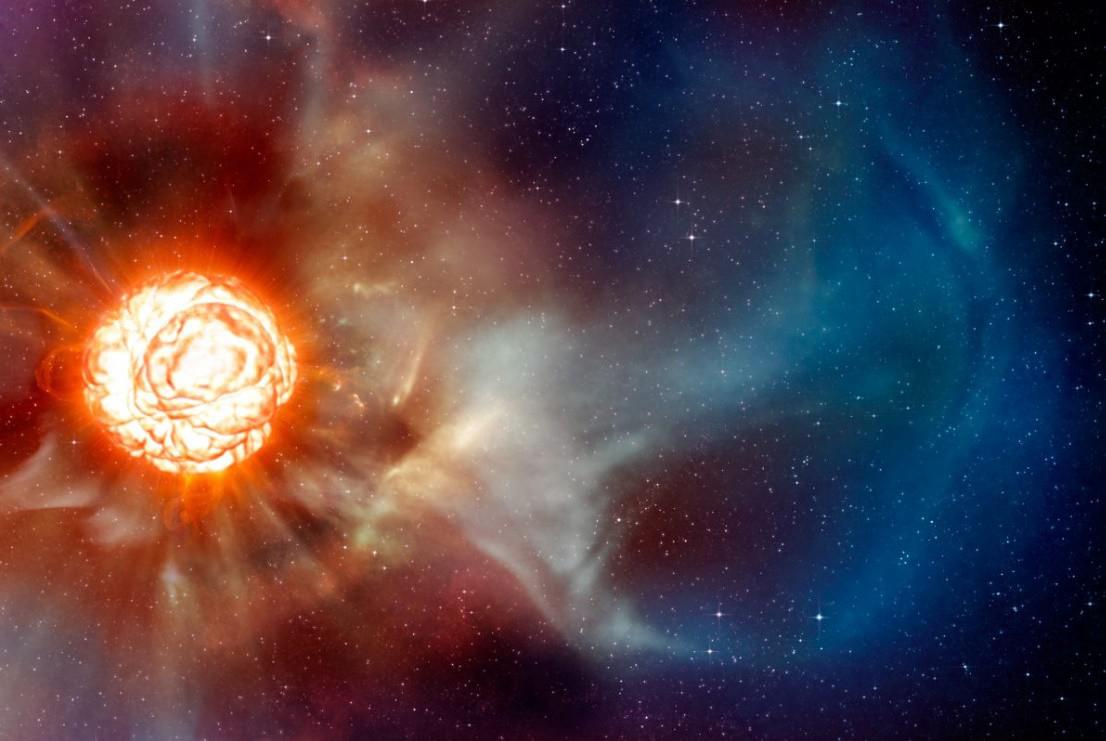Astronomers have discovered a new star that is 30 times larger than the Sun. It has a shockingly high concentration of the element lithium, which may force a rethink of existing theories of stellar evolution.

The newly discovered star has been designated J0524-0336. It is located at a distance of 30,000 light years from Earth. This star once resembled the sun. But since then, it has burned up all of its hydrogen reserves and has begun to expand, becoming a red giant. It is now 39 ± 15 times the radius of the Sun.
Nowadays, astronomers know a lot of red giants. But J0524-0336 caught their attention with its anomalous chemical composition. The fact is that it contains 100,000 times more lithium than the Sun or other stars of similar age. At the same time, J0524-0336 is poor in other heavy elements.
The excess lithium in J0524-0336 challenges existing models of stellar evolution. Luminaries create heavier elements through nuclear fusion. Since lithium is a light element, according to current models, it should be lost during this process in favor of heavier elements such as carbon and oxygen.
Astronomers have several potential hypotheses to explain why J0524-0336 is so unusual. One of them is that the star may be in a stage of stellar evolution that has never been observed before. According to another version, the red giant could have swallowed a planet or even a companion star in the process of expansion. If this body was lithium-rich, it could have “saturated” J0524-0336. And if this absorption is relatively recent, J0524-0336 has not yet had time to convert lithium into heavier elements. It’s also possible that both scenarios could have gone into play.
Astronomers intend to continue studying J0524-0336 to see whether its composition changes and how. If they are able to detect a cluster of dust in the circumstellar disk or a ring of debris, this would clearly indicate a companion absorption event. If no such disk can be found, it can be concluded that lithium enrichment is due to some internal process.
You can also read our article on the origin of lithium in the Universe and its applications on Earth.
According to Space.com


